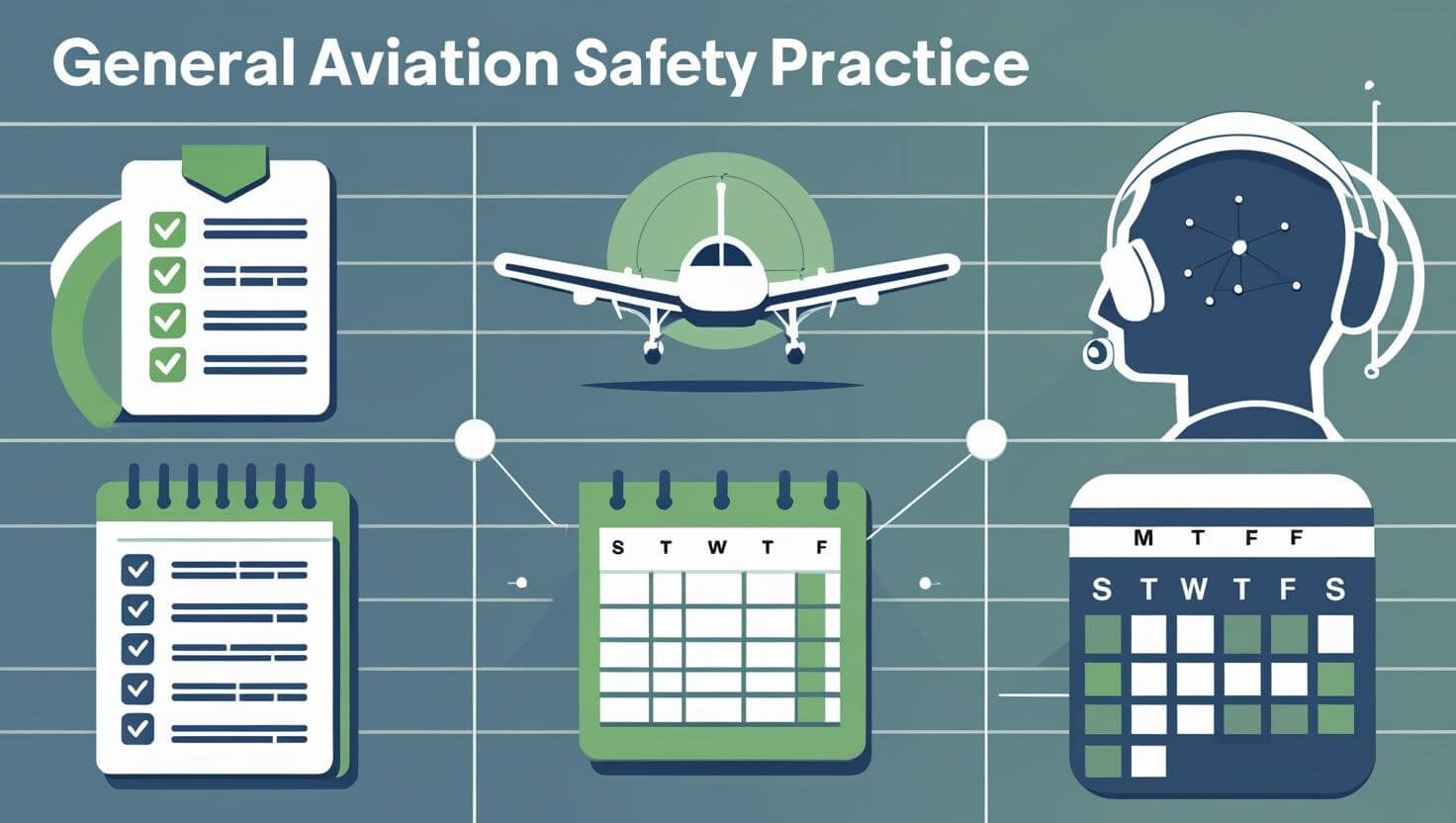A southwest flight emergency landing has left the nation reeling. What started as a routine journey turned into a terrifying ordeal midair, shaking the confidence of even the most frequent flyers. Eyewitness accounts describe moments of sheer panic as cabin pressure loss sent oxygen masks tumbling and rattled nerves from front to back. In a split second, passenger calm collapsed into fear. Something went terribly wrong at 30,000 feet, and the consequences could’ve been tragic.
With engine debris damage, a near airplane engine explosion, and echoes of Southwest Airlines Flight 1380, this incident reignites questions about FAA safety regulations and airline mechanical failure. What really happened—and could it happen again?
How the Midair Collision Was Narrowly Avoided
The incident involved a near-miss with another aircraft in commercial airspace. To prevent catastrophe, the Southwest jet had to take quick action. It was flying at 30,000 feet when a collision-alert system activated. This wasn’t just about smoke—it was an in-flight emergency involving multiple systems.
The Boeing 737-700’s sensors picked up the threat, and pilots used evasive maneuvers. Thanks to Tammie Jo Shults, the pilot’s quick thinking helped the jet descend safely. She was calm under pressure, and her training in cabin pressure loss and depressurization mid-flight helped avoid a deadly scenario.
Jet Encounter at 30,000 Feet
A Cold War-era fighter jet crossed paths with the Southwest plane. The commercial aircraft had to swerve rapidly. The sky may seem vast, but at cruise altitude, planes often fly in close proximity. This type of situation tests every line of safety protocol.
Collision-Alert Systems in Action
Modern airliners use radar and AI to warn crews. That day, those systems worked perfectly. The crew had only a few seconds to take action when alerts went off in the cockpit. This helped avoid what could have been a catastrophic airplane crash litigation case.
Southwest Crew’s Quick Response Saves Lives
Trained for moments like this, the crew immediately began emergency protocols. Passengers were told to brace. The descent was controlled, despite turbulence. This kind of reaction proves how essential well-trained crews are to preventing fatal airline accidents.
What We Know About the Injured Crew Members
Two crew members were reportedly hurt during the turbulence and descent. A flight attendant’s abrupt action caused them to collide with the cabin wall. Another reported injuries to the arm after assisting with passenger safety gear. Emergency services were waiting upon landing.
Immediately following the emergency landing in Philadelphia, both were sent to the hospital. As per the latest update, neither has life-threatening injuries. A report from the NTSB preliminary report suggests they were secured but injured by cabin shifts.
Two Flight Attendants Reported Injured
Sources confirm that both suffered bruises and one had a minor fracture. These injuries show how dangerous airline mechanical failure can be even without a crash. Safety measures were followed, but impact and sudden movement were unavoidable.
Treatment After Emergency Landing
Houston EMTs took swift action. Medical teams had been briefed while the jet was still airborne. This type of emergency support is common in high-risk landings. It ensured the crew received immediate care.
Flight Attendant Secretly Filmed Minors: Internal Investigation Launched
In a shocking twist, unrelated to the landing, Southwest revealed an ongoing scandal. A crew member is being investigated for secretly filming minors in the restroom during another flight. The airline said this person is now suspended pending a full internal probe.
This adds to growing concerns about Southwest Airlines lawsuits. In-flight misconduct cases are rare, but when they occur, they affect public trust and may lead to involvement from an aviation attorney.
Delta Flight’s Close Call in Mexico: Is This a Pattern?
Around the same week, a Delta aircraft nearly collided with another jet at a Mexican airport. The landing had to be abruptly canceled by the pilots. These repeated close calls are stirring fear about system-wide lapses.
Industry experts are now questioning whether U.S. carriers are facing a broader safety crisis. From airline mechanical failure to aircraft design defect, many are reviewing the FAA’s oversight. These patterns can’t be ignored.
What This Means for U.S. Air Travel Safety
This event reignited debate over current FAA safety regulations. Aviation experts believe more needs to be done. The near collision and engine debris damage show that systems can fail. Regulators may soon tighten inspections and reporting rules.
A closer look at airport alert systems is also underway. With so many incidents back to back, it’s time to ask if existing tech is enough. Many airports are due for software and hardware upgrades to detect midair dangers.
FAA Safety Protocols
To understand risk, here is a summary of current FAA protocols and gaps:
| Safety Element | Status | Notes |
| Engine Inspection Protocols | In place | May need updates after recent failures |
| Ultrasonic Inspection | Partial | Not all airlines apply it fully |
| Airworthiness Directives | Active | May be broadened soon |
Airport Alert Systems Under Review
The FAA is now reviewing radar-based airport alert systems. The Mexico event was not detected in time by these same methods. Experts are suggesting new tools, including AI-based tracking and voice command alerts.

Passenger Reactions to the Emergency Landing
Passengers expressed horror and disbelief. Some posted videos as they gripped armrests, while others sent tearful messages to loved ones. One woman said it reminded her of the Southwest Airlines Flight 1380 tragedy involving Jennifer Riordan.
Social media exploded with hashtags calling for more regulation and support for pilots. The human side of these events can’t be underestimated. These are not just technical failures; they leave deep emotional scars.
What’s Next in the Investigation of the Southwest Flight Emergency Landing
The FAA and NTSB collaboration is moving quickly. Black box data is being reviewed. Both agencies are also interviewing the crew. The full report will likely include engine inspection records and passenger interviews.
Investigators are especially interested in the CFM56-7B engine involved. Past issues with fan blade failure and metal fatigue have occurred. This engine model has been involved in at least two uncontained engine failure cases.
FAA and NTSB Collaboration
The agencies are comparing this to the earlier Southwest Airlines Flight 1380 tragedy. They are checking for similar signs of airplane window failure or depressurization mid-flight. Results will guide future policy.
Legal Implications for Southwest Airlines
If negligence is proven, we may see a commercial airline lawsuit. Already, some firms are preparing for airplane crash litigation, even though this wasn’t a crash. A strong aviation law firm will dig into prior inspection records.
Top Headlines Around the Southwest Incident
As the Southwest story broke, unrelated headlines added to the tense atmosphere. The CEO at a Coldplay concert was caught on the kiss cam, fueling gossip.
In legal news, Lori Vallow Daybell received her sentencing, and a cancer vaccine breakthrough captured attention. All this created a dramatic media backdrop to the Southwest story.
Coldplay Kisscam CEO Allegations Resurface
A viral moment at a Coldplay show reignited affair allegations against a known CEO. This had nothing to do with aviation but shared the news cycle.
Lori Vallow Daybell Sentencing Updates
After months of speculation, the high-profile case ended with a life sentence. Her case, like this aviation story, kept Americans glued to the news.
Cancer Vaccine Breakthrough
Researchers announced “exciting” early data about a new cancer vaccine. Though unrelated, it offered hope amid grim travel stories.
Ongoing Aviation Conversations and Public Debate
People are asking big questions. Are planes still safe? Is our aviation law firm system up to the task? Experts say transparency and new tech will be key.
Public debate is healthy. We need more regulation, not less. The age of looking the other way is over.
Final Thoughts: Can Future Midair Collisions Be Prevented?
The southwest flight emergency landing was a wake-up call. We’ve seen what can happen when engine inspection protocols fail. Thankfully, no lives were lost this time.
With stronger FAA rules, better tech, and serious accountability, we can lower risks. But we must act now. Because the next incident might not be so lucky.
FAQs:
Did Southwest have an emergency landing?
Yes, Southwest recently had an emergency landing due to a midair incident that caused fear and concern among passengers and crew.
What is the most famous emergency landing?
The most well-known emergency landing occurred in 2009 when Captain Sully successfully landed US Airways Flight 1549, also referred to as the “Miracle on the Hudson.”
Why is Southwest cutting flights?
Southwest is reducing flights due to pilot shortages, aircraft delivery delays, and efforts to streamline operations and improve reliability.
What is the 10 minute rule for Southwest?
The 10-minute rule means you must be at the gate and ready to board at least 10 minutes before departure, or Southwest may cancel your reservation.


